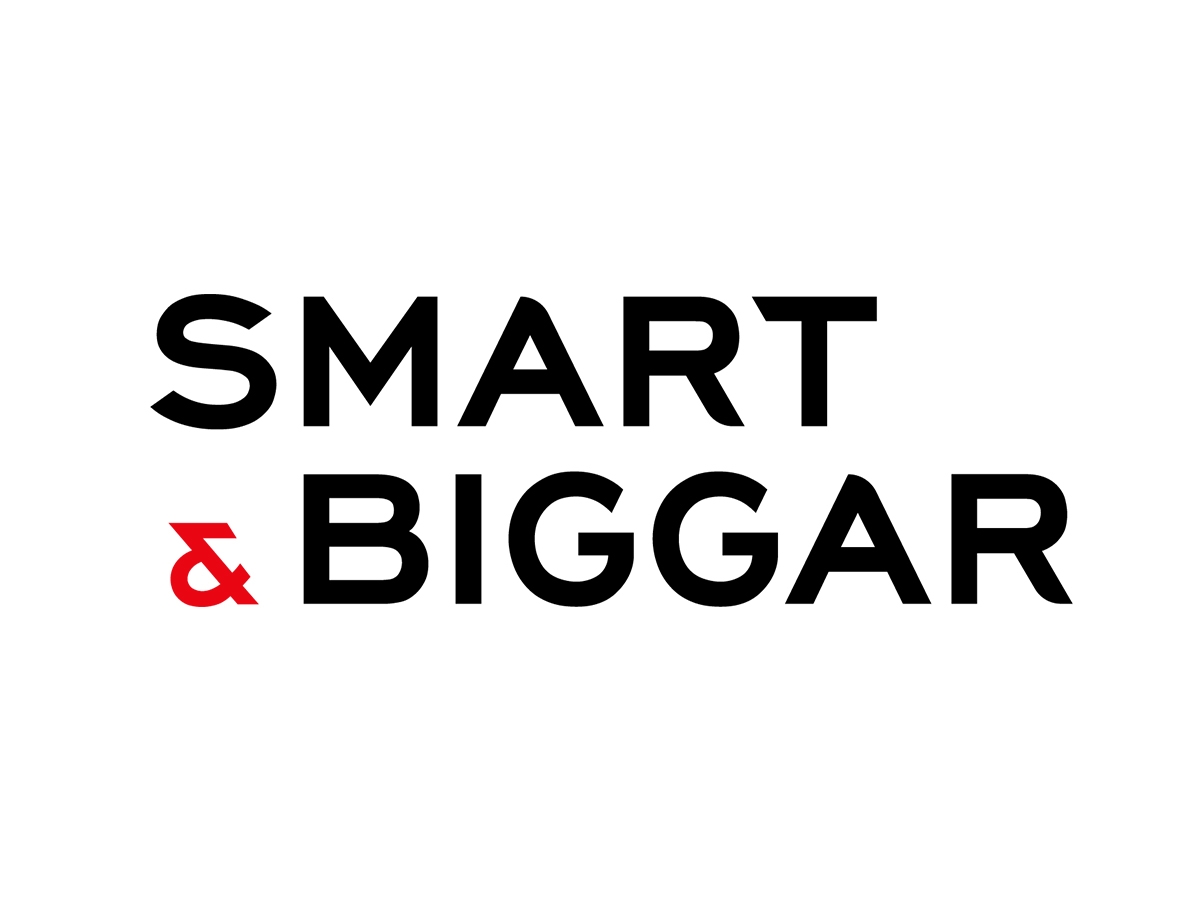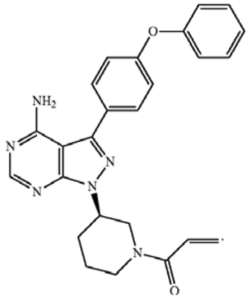Upcoming amendments to the Regulation respecting the language of commerce and business | Smart & Biggar
On June 26, 2024, the Regulation to amend mainly the Regulation respecting the language of commerce and business (the Regulation) was published in the Gazette officielle du Québec.
The Regulation introduces significant changes to the Regulation respecting the language of commerce and business (French Charter Regulation) with some being quite different than those proposed by the draft version of the Regulation published on January 10, 2024. We refer you to our previous articles “French-Language Requirements in Québec: Publication of the Draft Regulation to amend mainly the Regulation respecting the language of commerce and business” and “Regulation to amend mainly the Regulation respecting the language of commerce and business: key takeaways from a recent discussion with the OQLF and the Ministry of the French Language”, which discuss the draft version of the Regulation.
This article provides our preliminary analysis of the key changes introduced by the Regulation, starting with the good news.
1. Engraved, inlaid, embossed non-French inscriptions on products
The Regulation does not include the amendment proposed by the draft version of the Regulation, which would have considerably restricted the exception currently provided by the French Charter Regulation whereby inscriptions on a product from outside Québec that are engraved, embossed, or baked in the product itself do not need translation unless they concern the safety of the product. At least for the time being, the exception remains as it is.
2. Inscriptions on products using embedded software
Likewise, the Regulation does not include the amendment proposed by the draft version of the Regulation, which would have clearly made section 51 of the Charter of the French language (French Charter) applicable to inscriptions that are displayed on products using embedded software.
3. Reintroduction of the common law trademark exception for inscriptions on products and public signs and commercial advertising
Sections 51.1 and 58.1 of the French Charter, scheduled to come into force on June 1, 2025, limit the trademark exception for inscriptions on products and public signs and commercial advertising to registered trademarks only.
The Regulation reintroduces the common law trademark exception for inscriptions on products and public signs and commercial advertising, provided no corresponding French version of the common law mark appears on the Canadian Trademarks Register.1
For inscriptions on products, such trademarks are subject to the same requirements as those set out at section 51.1 of the French Charter, i.e. a generic term or a description of the product included in a non-French trademark must be translated into French, and its French translation must appear on the product or on a medium permanently attached to the product.
In practice however, it is unlikely that generic or descriptive language appearing on a product, as these terms are defined in the Regulation (see below), would be perceived by a Québec Court or tribunal as being part of a trademark. In other words, when it comes to common law trademarks, any generic or descriptive terms will most likely need to be translated into French, irrespective of the new requirement introduced by the Regulation.
4. Clarification of the terms “generic” and “description of a product”
Under section 51.1 of the French Charter and section 7.1 introduced by the Regulation, a generic or descriptive term included in a non-French registered or common law trademark must be translated into French, and the French translation must appear on the product itself or on a medium permanently attached to it.
The Regulation clarifies the scope of these terms by notably excluding from such requirements, business and product names. Based on the input received to date from the Ministry of the French Language and the Office québécois de la langue française (OQLF), “product name” likely refers to the trademark associated to a product such as “BestSoap” in the example published by the Québec government in January 2024 (reproduced below).
(source: Québec Government)
This clarification is most welcome, not only regarding the work of the OQLF but also in the context of the consumer’s private right of action.
The amendment does not however address the situation where a house mark appears together with a product mark nor when secondary and tertiary trademarks also appear on products, such as those associated with a component, an ingredient, or a technology incorporated into a product.
It should also be noted that the Regulation does not include the amendment proposed by the draft version of the Regulation that a generic term or a description of a product included in a trademark in another language must be of at least equal prominence to that in French or be available on terms as favourable as set out at Section 51 of the French Charter. As such, there will remain uncertainty as to the visual treatment to be given to the French translation of such generic terms or descriptions of a product. In addition, the Regulation does not specify the meaning of the expression “on a medium permanently attached to the product”.
5. A trademark in respect of which an application for registration is pending will not trigger the trademark exception
For inscriptions on products, the Regulation does not include the amendment proposed by the draft version of the Regulation which would have broadened the scope of section 51.1 of the French Charter by also having trademark applications in Canada trigger the trademark exception.
This proposed amendment had been particularly well received by the business community given the Canadian Trademarks Office’s current long examination delays. In view of this significant difference between the Regulation and its draft version, businesses may need to revise their strategies for compliance with the French Charter and the French Charter Regulation.
6. “Dynamic signage” and the markedly predominant requirement for public signs and commercial advertising
The Regulation does not introduce significant changes from those proposed by the draft version of the Regulation with regard to the markedly predominant requirement for public signs and commercial advertising.
The Regulation does specify that for “dynamic signage”, i.e. when a text in French and in another language alternate, French will be deemed to have a greater visual impact such as to meet the markedly predominant requirement if it is visible at least twice as long as the text in the other language.
7. Grace period to comply with section 51.1 of the French Charter and section 7.1 introduced by the Regulation for products manufactured before June 1, 2025
The Regulation maintains a grace period until June 1, 2027, to allow businesses to comply with section 51.1 of the French Charter and section 7.1 introduced by the Regulation for products manufactured before June 1, 2025, provided no French version of the trademark was registered as of June 26, 2024.
Under the Regulation, the above grace period will also apply to products subject to the new labelling standards provided by the Regulations Amending the Food and Drug Regulations (Nutrition Symbols, other Labelling Provisions, Vitamin D and Hydrogenated Fats or Oils) and the Regulations Amending the Food and Drug Regulations and the Cannabis Regulations (Supplemented Foods) manufactured between June 1, 2025, and December 31, 2025.
The text of the Regulation is available on the Gazette officielle du Québec’s website.
Reference
1. Regulation, article 2, section 7.1, and article 4, section 25.1.
[View source.]





